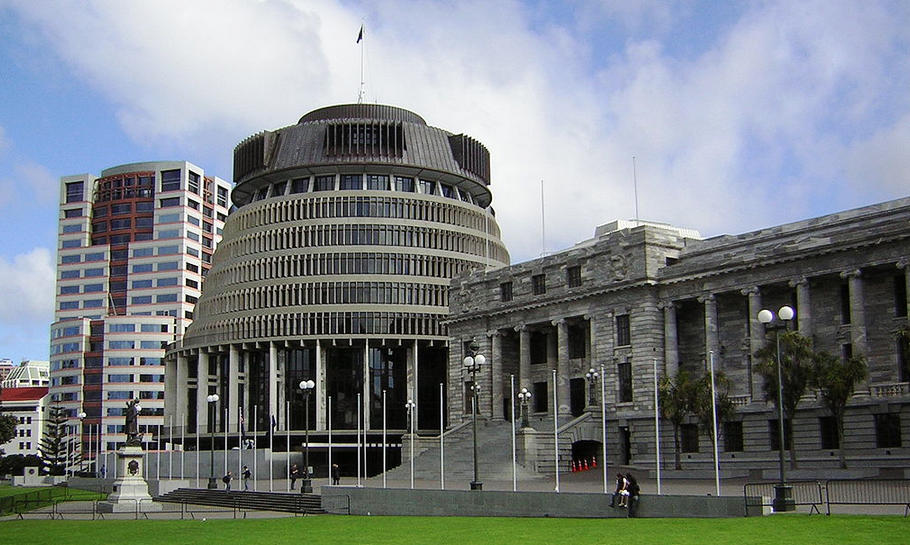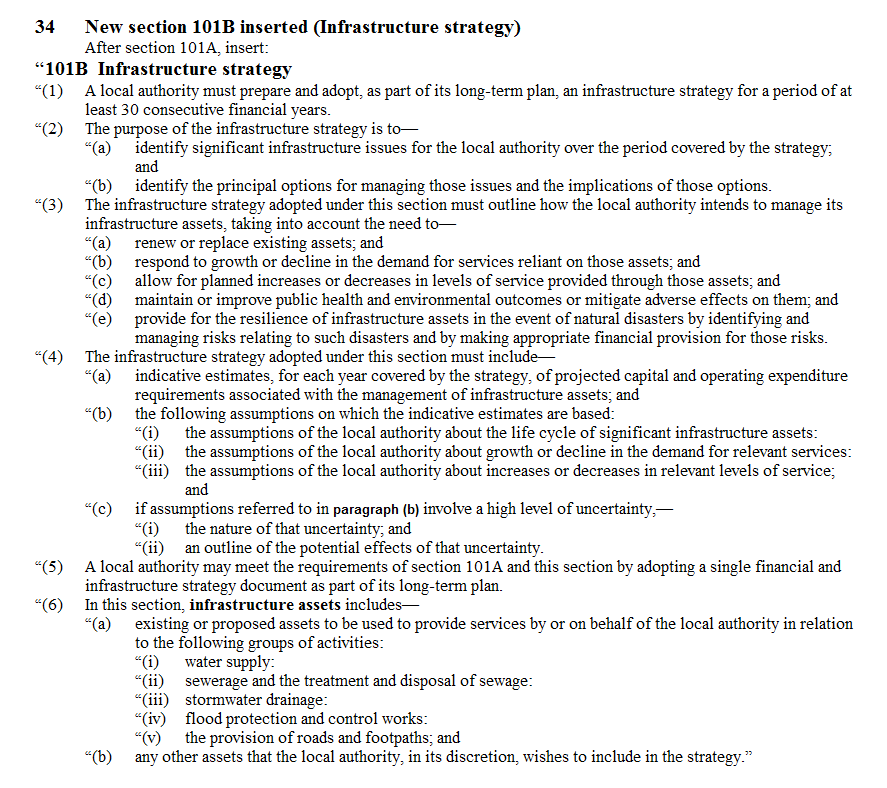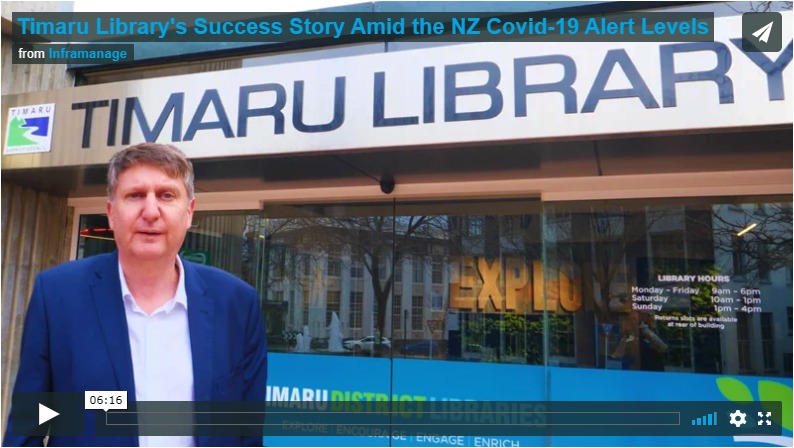
The Local Government Act Amendment (N0 3) Bill was introduced to the New Zealand parliament in November 2013 and is currently working its way through the parliamentary process.
The ‘Better Local Government’ Cabinet Paper referenced on the Department of Internal Affairs web site offers a good background to the issues that were considered in the drafting go the LGA Amendment (No 3) Bill.
Anderson Lloyd Lawyers have provided a good high-level summary of the Bill on their web site.
Two components of this Bill will impact the AMP update 2014:
- Infrastructure Strategy
- Development Contributions
This blog post addresses the Infrastructure Strategy requirements. The next blog post (AMP Update 2014 #5) will examine the Development Contribution requirements.
The 30-Year Infrastructure Strategy is a new requirement.
The Department of Internal Affairs has provided an example infrastructure strategy and other useful information on the Better Local Government section of their web site.
I have copied the text of the Bill relating to the Infrastructure Strategy below and then added my comments and observations.
The text of the Bill relating to the Infrastructure Strategy:
Comments and Observations
In reading the wording around the Infrastructure Strategy it doesn’t seem to me there is anything likely to change in the parliamentary process, as it is all clear and reasonably common sense.
My working assumption is this wording on the Infrastructure Strategy will be adopted unchanged, and that this Bill will be passed into law in 2014.
Therefore:
- A local authority must prepare an Infrastructure Strategy
- For a period of at least 30 consecutive financial years
- The requirement may be met by adopting the Infrastructure Strategy document as part of the Long Term Plan
- Included existing or proposed assets for activities – water supply, sewerage, stormwater drainage, flood protection and control, roads and footpaths. Other assets may be included at the local authorities discretion.
Observation: – Thirty years is a long period, and many changes will occur in that period. Thirty years ago Robert Muldoon was still the Prime Minister of NZ, calling a snap election he lost in July 1984.
The NZ economy was still highly regulated, there was no internet, national labour awards were the norm, the Berlin Wall was still there (until 1989)…the list goes on.
The next 30 years will see shocks, recessions, major changes in health delivery, changes in retirement policy and thinking, major demographic change in NZ, and the fair possibility of a reasonable sized natural disaster event. These are just the changes we can predict. Listing your assumptions for a 30-year strategy will be critical.
In developing and adopting the Infrastructure Strategy a series of decisions will need to be made:
- What assets are to be included – if major expenditure is planned in the community infrastructure areas, should this be included in the Strategy?
- Where does the Strategy fit – part of LTP or a separate stand-alone document?
- Where will the supporting analysis fit – in the AMPs, LTP, or stand-alone?
- Where does the Strategy fit in your AMP and LTP project planning timelines, and who is responsible?
Keep focus on (2) The purpose of the Infrastructure Strategy -i.e.
- only significant infrastructure issues over the 30 year period
- principal options for managing significant issues
- develop implications of the principal options
So, keep the Infrastructure Strategy out of fine detail – but you will need to discuss and agree on what the significant infrastructure issues for your authority are – is this a dollar limit, a risk cost, major projects?
A list of what must be taken into account is provided in (3). This list is going to have Asset Management Plan impacts:
- Asset renewal or replacement – your AMP lifecycle section should inform this
- Growth or decline in demand for services – this will link to the Demand Management sections of AMPs. Nobody likes considering decline, however, looking at the 2013 Census results compared with the 2006 results decline scenarios are going to need serious consideration by many local authorities. This could include sub-district decline i.e. small town decline versus larger town/city growth
- Increases or decreases in service levels – the heart of this will be community demand, ability and willingness to pay. There are no easy answers, but AMPs also need to consider this in the Level of Service, Demand Management, and Lifecycle Management sections
- Public Health and Environmental outcomes – the expectations, and legislative requirements in these areas have steadily increased over the past 30 years, often aided by technology changes. Will they continue to increase, and what are the tradeoffs regarding community affordability? Do you Water and Sanitary Services Assessment need updating to support this analysis?
- The resilience of infrastructure assets in the event of natural disasters, identifying and managing risks, making appropriate financial provision for risks. For many Councils, this is going to require updating the AMP risk management section. Insurance, disaster scenarios, costs, network redundancy etc all need consideration. The regional engineering lifelines plans contain good information, but may also need revision and/or updating to incorporate the latest analysis and modelling results from GNS, NIWA etc.
What must be included in the Infrastructure Strategy is outlined in (4)
- Indicative estimates – for capital and operating expenditure. Your AMP Financial section can provide this. For assets included in the Infrastructure Strategy, this will mean projections will need to be for 30 years
- Assumptions – asset lifecycle, growth and decline, increases and decreases in levels of service, uncertainty levels of assumptions and potential effects of uncertainty
Looking at the requirements listed in (4) in relation to Asset Management Plans, a review of assumptions outlined in the AMP will be required. In many cases, the assumptions area of AMPs will need a reasonable amount of additional work.
In terms of the indicative estimates – something to watch out for is a reasonable percentage of New Zealand’s water and wastewater pipe networks (particularly the 1950’s and 1960’s asbestos cement pipes) will require renewal or replacement in the next 30 years. These will be significant costs. The assumptions around pipe renewals, and pipeline asset lives should be reviewed to incorporate the latest condition analysis and other lifecycle modelling work.
Conclusion
I am continuing to discuss the issues around the Infrastructure Strategy with my clients and will add new blog posts on the subject as information and thinking develops.
As briefly discussed above the requirement for an Infrastructure Strategy is new, does require some analysis and work, and does need to be added to the Asset Management Plan and LTP updating work being undertaken in 2014.






[…] review of AMP risk management including insurance provisions will assist in supporting the 30 year Infrastructure Strategy, and the Long Term Plan […]
[…] Local Government Amendment (No 3) Bill – Infrastructure Strategy Requirements […]
[…] into legislation, planning requirements and regulations. The resilience requirements of the 30-year Infrastructure Strategy is one example of […]
[…] Asset Management Plan should also include commentary on private infrastructure provision and the interrelationship with […]
[…] into legislation, planning requirements and regulations. The resilience requirements of the 30-year Infrastructure Strategy is one example of […]
[…] Plan risk management including insurance provisions will assist in supporting the 30-year Infrastructure Strategy, and the Long Term Plan […]
[…] the proposed changes in the Bill, and the requirement for an Infrastructure Strategy that addresses major infrastructure issues, my suggestion is that you review your Water and […]
[…] Infrastructure Strategy: A 30-year Infrastructure Strategy is required with a number of listed requirements. A blog post specifically on the Infrastructure Strategy requirements will be added to this site. […]
[…] current infrastructure development plans that Auckland Council has in place should help improve that ranking in […]